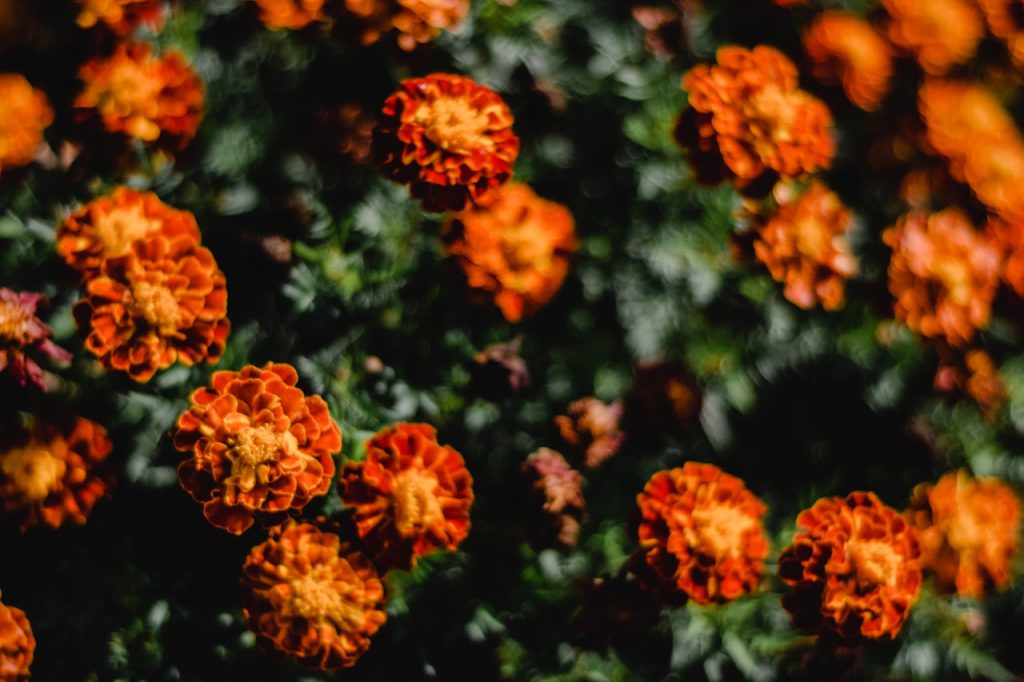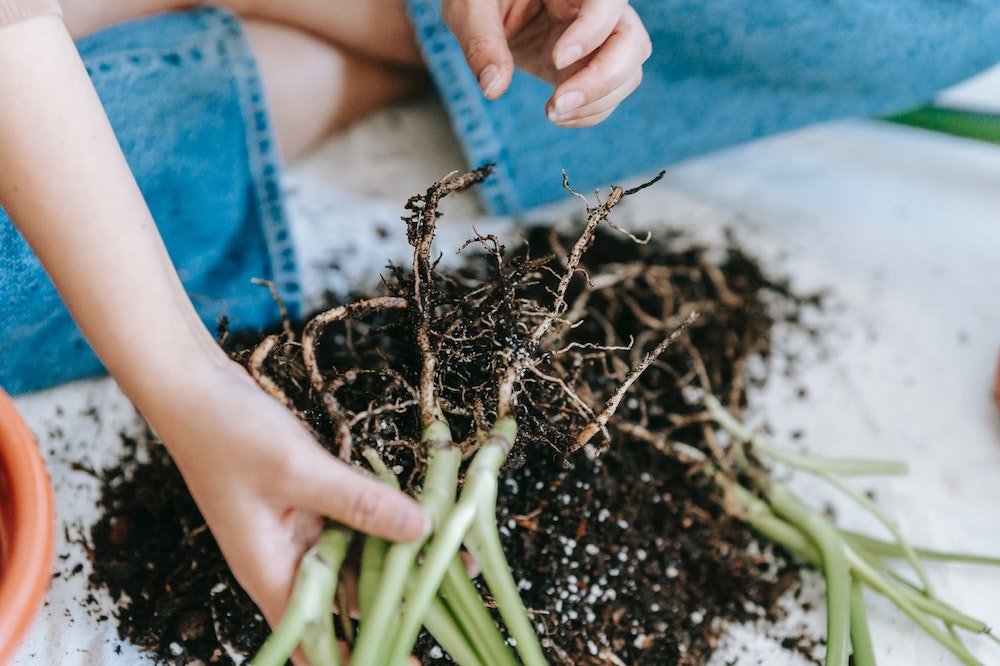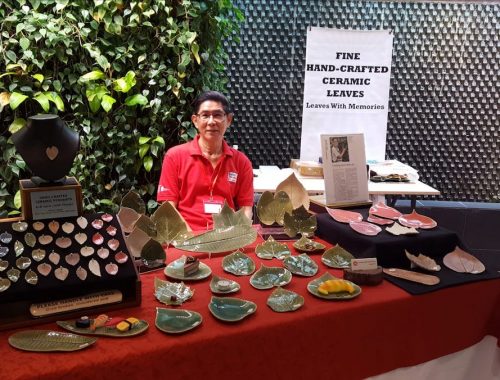If your plants look stunted and its leaves exhibit chlorosis and lack vigour, yet you’ve done everything right and you can’t figure out why, it’s time to check the roots of your plants. If the roots are knobbly and have galls, you have a case of root knot nematodes in your soil. I have experienced this on a few occasions, fortunately in my planters and not in-ground. Read on to find out how to control root knot nematodes organically.
What are they? These plant parasites are microscopic roundworms that damage plant roots and feed on its vascular system. This causes growths to form, affecting the plant’s capacity to absorb water and nutrients.
Shrubs, trees and herbaceous plants are susceptible to root knot nematodes. These include begonia, azalea, hibiscus, gloxinia, hydrangea, impatiens, cyclamen, coleus, some cacti, rose, and edible plants like tomato, capsicum, chilli, eggplant, rosella, okra, cucumber, pumpkin, melons, Malabar spinach, passionfruit, banana, pineapple, sweet potato among others.
What are your natural options? Here’s how to get rid of root knot nematodes organically, you can consider using a mix of methods to improve efficacy rates.
Grow biofumigant crops for root knot nematode control

Brassicas such as Brassica rapa (field mustard) and Brassica juncea (mustard greens) have bio-fumigation properties and are effective at root knot nematode control when grown as a cover crop, however there are some other plants, like Tagetes patula (French marigolds), Tagetes erecta (Mexican Marigold) and oats, which are highly capable too.
How it works is it releases compounds to suppress pests and pathogens in the soil. It is effective when in its early flowering stages, plants are chopped or pulped and incorporated into the soil and watered. The soil needs to remain moist for a few weeks, and isocyanate gases are released by the plants as it breaks down.
Crop Rotation
Not all plants are susceptible to root knot nematodes. Through rotating the types of plants grown over two years or more, specifically incorporating plants that are not host plants, you can starve these nematodes. Root knot nematode resistant plants include corn, millet, grain sorghum, asparagus, and chrysanthemum and zinnia.
Add compost and organic matter
Good quality aerobic compost contains plenty of microbes. These include larger, predatory micro-organisms, including beneficial nematodes that can ingest root knot nematodes. By applying it directly as a top dressing or some prefer, compost tea, these microbes are introduced into the soil. Adding organic matter such as manure and leaves also encourages fungi, bacteria and naturally occurring good nematodes to inhabit soil.
In Singapore, you can get good quality compost from Soil Social, it is more pricey than other composts on the market, however it is aerobic and contains a high amount of beneficial microbes. I tried it and have seen improvements in my plants as soon as within a month. My stunted okra grew more lush and began fruiting more regularly.
You can also consider trying out this soil drench recommended by Jerry Coleby-Williams of Gardening Australia.
Soil solarisation
This method makes it very inhospitable for root knot nematodes, however it kills many organisms in the process, including pathogens, nematodes, weeds, and seeds. Soil solarisation involves laying clear (more effective) or black plastic sheets over wet soil for 4-6 weeks, therefore trapping heat and raising soil temperature. Nematodes are mobile, so this method will reduce numbers but it may not fully eradicate the population.
Practice good gardening hygiene
Root knot nematodes can also spread via soil on tools and shoes and infested plants. Make sure that you clean your tools and shoes regularly and dispose of affected plants, do not add these plants to your compost to avoid reintroducing them to your garden again. To minimise the incidence of the spread of these nematodes, do not allow water run-off from affected plants.
Got any other suggestions on how to control root knot nematodes organically? Let me know in the comments section!
For more gardening updates, follow my Facebook Page – The Tender Gardener, Instagram page @tendergardener and subscribe to my YouTube channel! See you there!
Featured photo credit: Teona Swift
Excellent resources I used to write this post on how to control nematodes organically: Jerry Coleby-Williams, ScienceDirect, University of California (Agriculture & Natural Resources), The American Phytopathological Society, PGG Wright Seeds.




2 Comments
I liked that the use of Marigolds can suppress pests and pathogens in the soil very useful.
I enjoy, cause I found exactly what I used to be having a
look for. You’ve ended my four day long hunt!
God Bless you man. Have a nice day. Bye